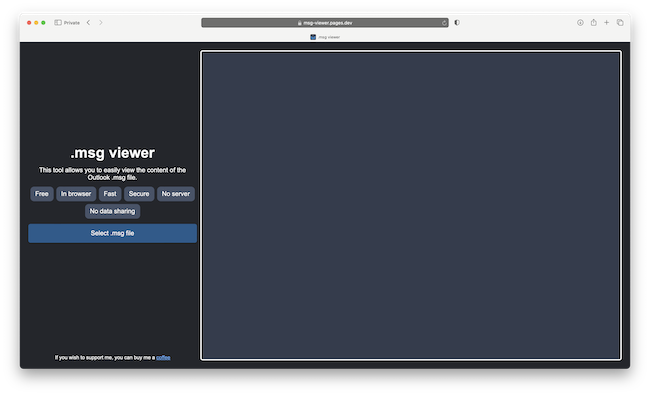If you’ve received an email or attachment in MSG format on a Mac, you’ve probably already discovered one of the most frustrating things about Microsoft Outlook:
the Windows version of Outlook creates MSG files that Outlook for Mac can’t open.
The good news is there’s no need to install Windows on your Mac just to open them.
There are now several easy ways to read, convert, or even fully manage MSG files on macOS – whether you need a quick one-time fix or a regular way of opening them.
Below, I break down the best ways to open MSG files on a Mac in 2025, plus the pros and cons of each.
Table of Contents
1. MSG Viewer for Outlook (Best All-Round App)
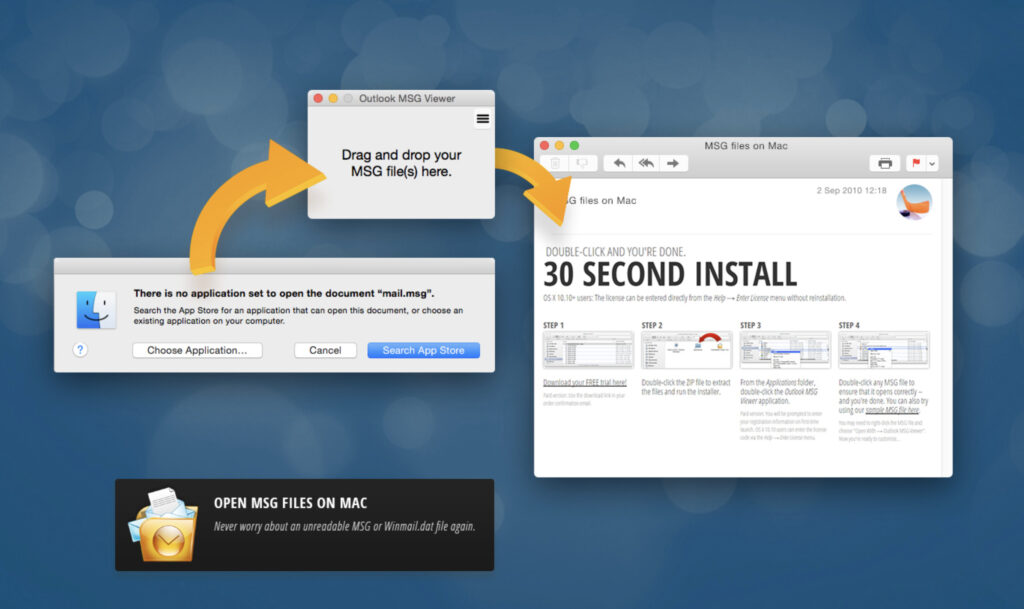
MSG Viewer for Outlook is easily the most reliable standalone solution.
It supports:
- Batch processing of multiple MSG files at once
- Full support for attachments and contact export (VCF)
- A clean Outlook-style interface that feels familiar to Windows users
The free version only previews parts of each message, but the full version ($18.99) unlocks complete viewing and bulk conversion.
You can download it from the Mac App Store or directly from the developer.
2. MailRaider (Free & Pro)
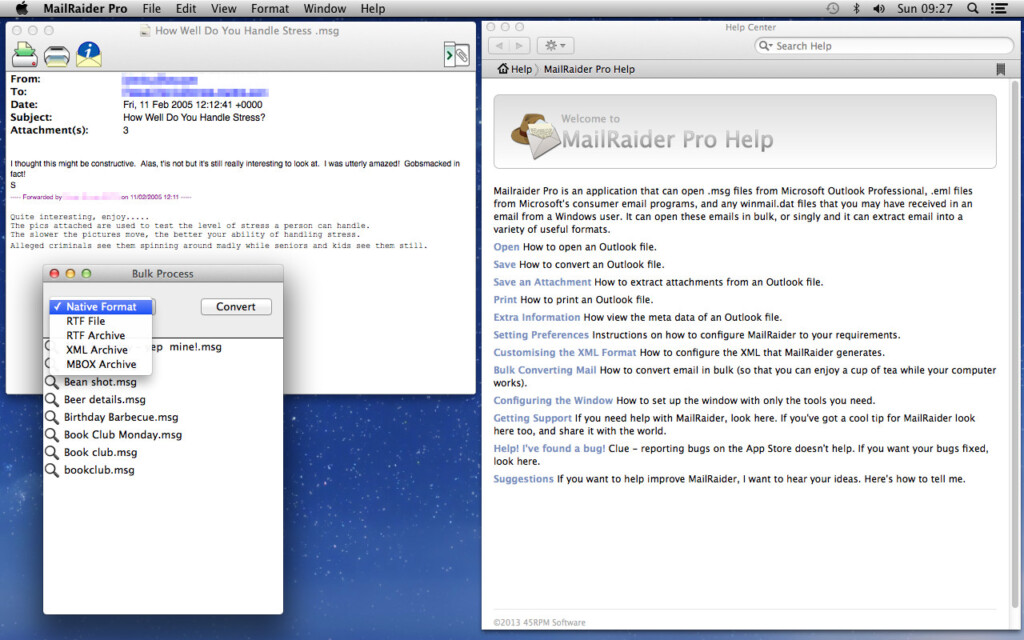
MailRaider is a long-time favorite for quickly extracting and viewing MSG messages.
- Free version: Opens MSG emails and basic attachments (some formatting may be lost).
- MailRaider Pro: Adds export to Contacts, Calendar, and PDF, plus richer support for embedded images.
To use it, simply double-click a MSG file (after setting MailRaider as the default app) or open files directly from the app.
💡 Related Reading:
- Best PDF Editors for Mac (great if you export MSG emails to PDF)
3. Online MSG Viewers (Free & Fast)
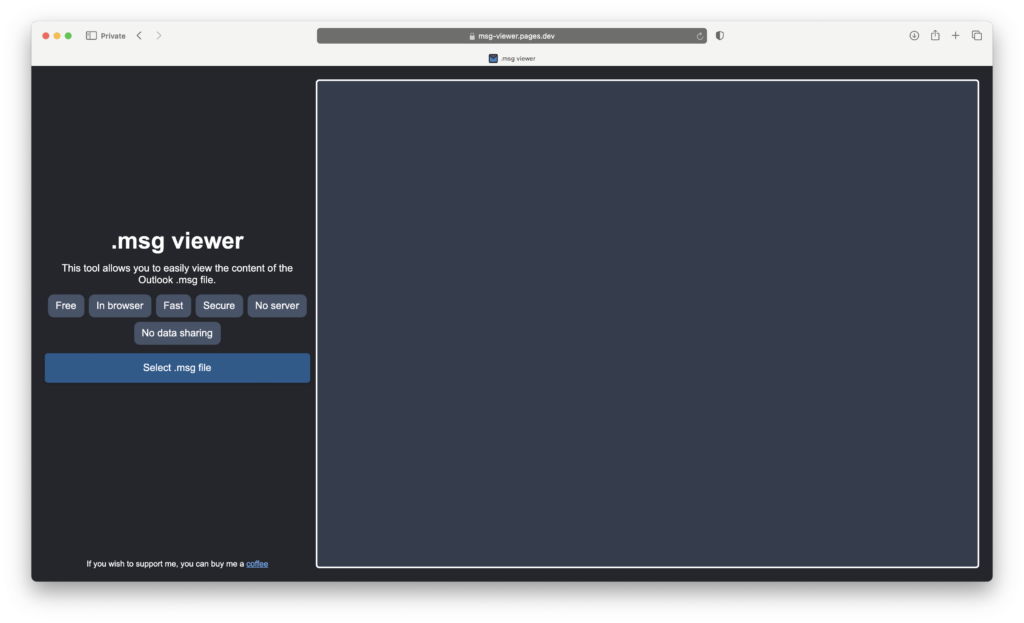
If you only need to open a few MSG files and don’t want to install software, browser-based viewers are the quickest solution.
Two of the most reliable are:
- .msg Viewer Online – Drag and drop your file to view it in your browser.
- MessageViewer Online – Supports MSG, EML, and winmail.dat attachments (uploads limited to around 8 MB).
⚠️ Privacy Note: These services process emails in the cloud, so avoid uploading confidential messages.
4. Outlook.com (Free)
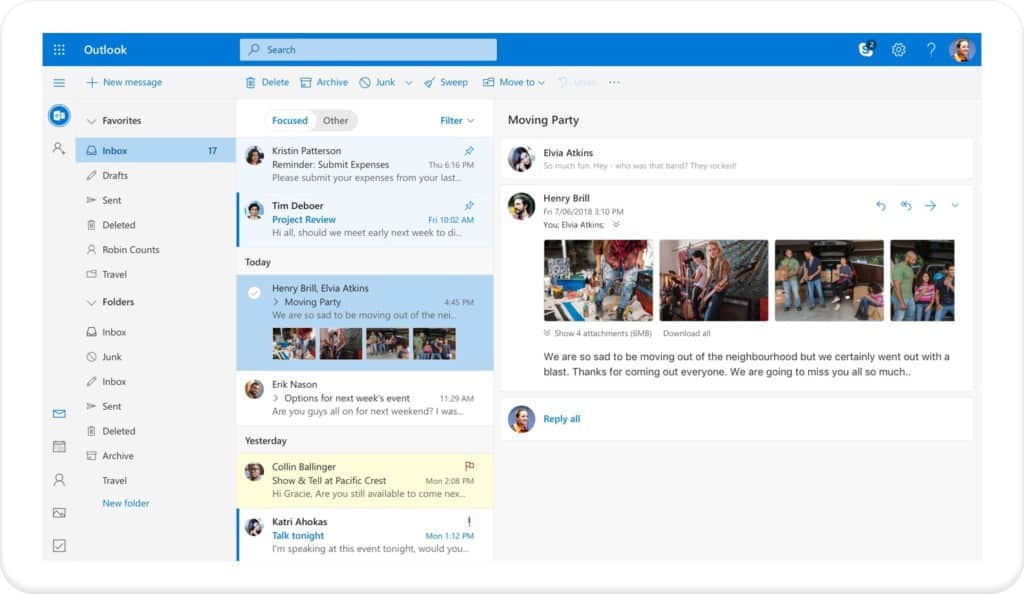
If you have a Microsoft account, simply email the MSG file to yourself and open it in Outlook.com (formerly Hotmail/Live).
The web version of Outlook can display MSG attachments natively, with no extra apps required.
5. Convert MSG to EML or PDF
Instead of only viewing MSG files, you can convert them to more Mac-friendly formats:
- EML – Opens in Apple Mail, [Thunderbird for Mac], or other email clients.
- PDF – Ideal for archiving or sharing without losing formatting.
Tools such as MSG Viewer for Outlook Pro, MailRaider Pro, or third-party utilities like SysTools MSG Converter allow batch conversion.
Free online converters (e.g. Zamzar, CloudConvert) also work but may have file size limits and privacy trade-offs.
6. Rename the File Extension (Last-Resort Hack)
For very simple messages, you can sometimes rename the file extension from .msg to .eml and open it in Apple Mail.
If that fails, try changing it to .txt and open it with TextEdit to read the raw email text.
This method is hit-or-miss in 2025 but worth a quick try for plain-text emails.
💡 Related Reading:
7. Run Windows on Your Mac
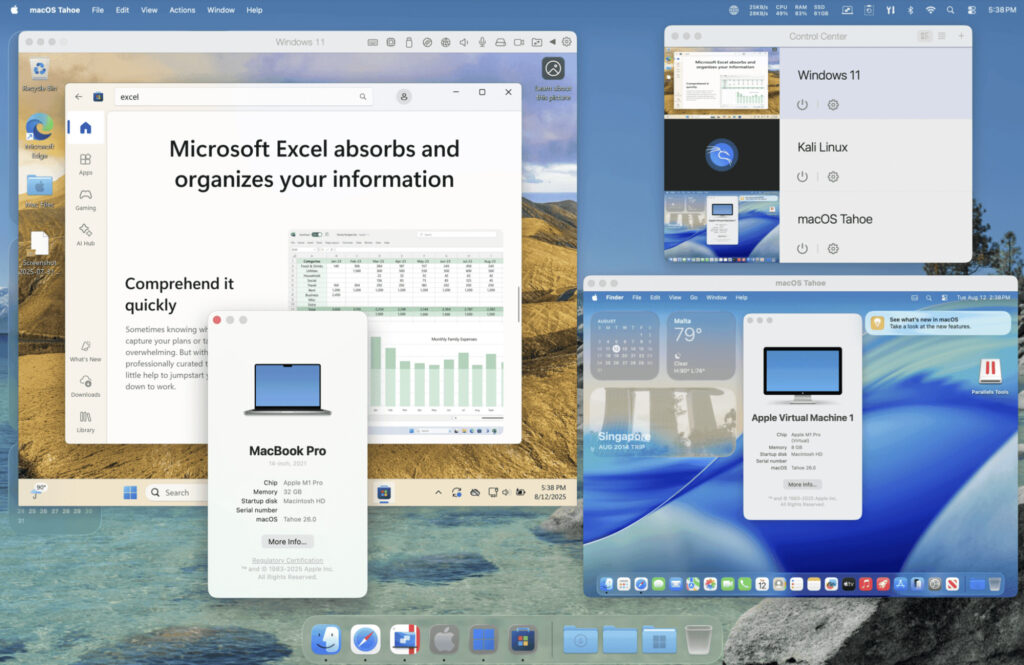
If you regularly handle MSG files or need other Windows-only software, running Windows on your Mac gives you full native Outlook support.
The easiest options include:
- [Parallels Desktop for Mac] – Fully optimized for Apple Silicon Macs.
- [VMware Fusion for Mac] – Now supports Apple Silicon with Windows 11 ARM.
- UTM – A free, lightweight virtual machine option.
With Windows installed, simply use Outlook for Windows to open MSG files directly.
💡 Related Reading:
Methods No Longer Recommended
- Java-based MsgViewer: Requires Java, which is outdated and not secure on macOS.
- Older “manual conversion” tricks are unreliable with modern MSG formatting.
Summary: Best Choice for Most Users
- One-off files: Use a free online viewer or Outlook.com for speed.
- Frequent use: MSG Viewer for Outlook or MailRaider Pro offers the best balance of reliability, attachment handling, and security.
- Heavy Outlook users: Run Windows with [Parallels Desktop] or [VMware Fusion] for a full native experience.


